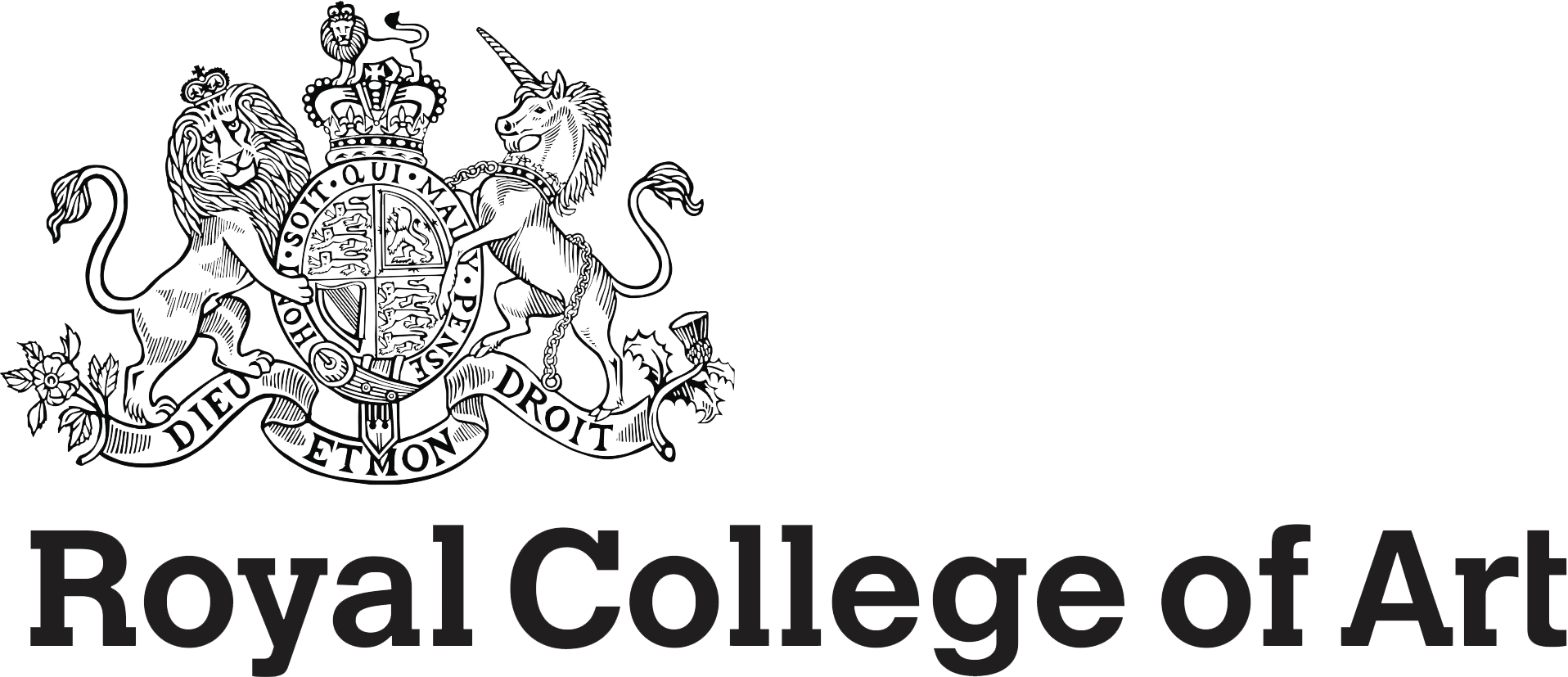EMOTIONAL TECH
Supported by


Emotion – People – Technology
Our project Emotional Tech looked at the main emotions that affect driving experiences. We explored and identified what technological innovations could improve individual user experiences both when they interact with vehicles, and through better customer services. We focused on subtle details of people’s emotional transitions before, during and after journeys.
Emotions matter increasingly in people’s relations with technology. Once physical devices – such as cars – reach a certain level of effectiveness and functionality, it is the quality of people’s experience that makes the difference between one product or service and another, and emotion is a crucial element of that experience.
In our investigations we looked closely at the interactions between people and vehicles as well as their experiences from the perspective of emotions as affective artefacts [1], which uses emotion as a means to assist with problem-solving, decision and sense-making.
We used a combination of research methods to conduct our studies: interviews, focus groups, co-design workshops, journey shadowing, experiential prototyping, demo exercises and user testing, which gave us new and invaluable insights.
The multidisciplinary team of researchers, designers and electronic engineers worked together to create concepts around what innovation opportunities could be applied to bring cutting edge technologies into real-world use. Emotional design is a human-centred design approach which we used in our research development to create interplay between designers and users. We consider possible future market changes while at the same time we target current tangible problems and real users. The findings are intended to inspire technological innovations in production and manufacturing, and create new services to fit the current market niche and user experience.
[1] Frank Spillers. 2004. Emotion as a cognitive artifact and the design implications for products that are perceived as pleasurable. Experience Dynamics. USA.
CHAPTERS
1 Technology and Interactions, Mobility Scenarios and Emotions
We explored the topics: emotion, smart technology and mobility. We wanted to find design opportunities for applying technology in everyday transport. We looked at several areas including digital ownership, human and machine interaction and the mobility manufacturing trend from vehicle making to service creation.
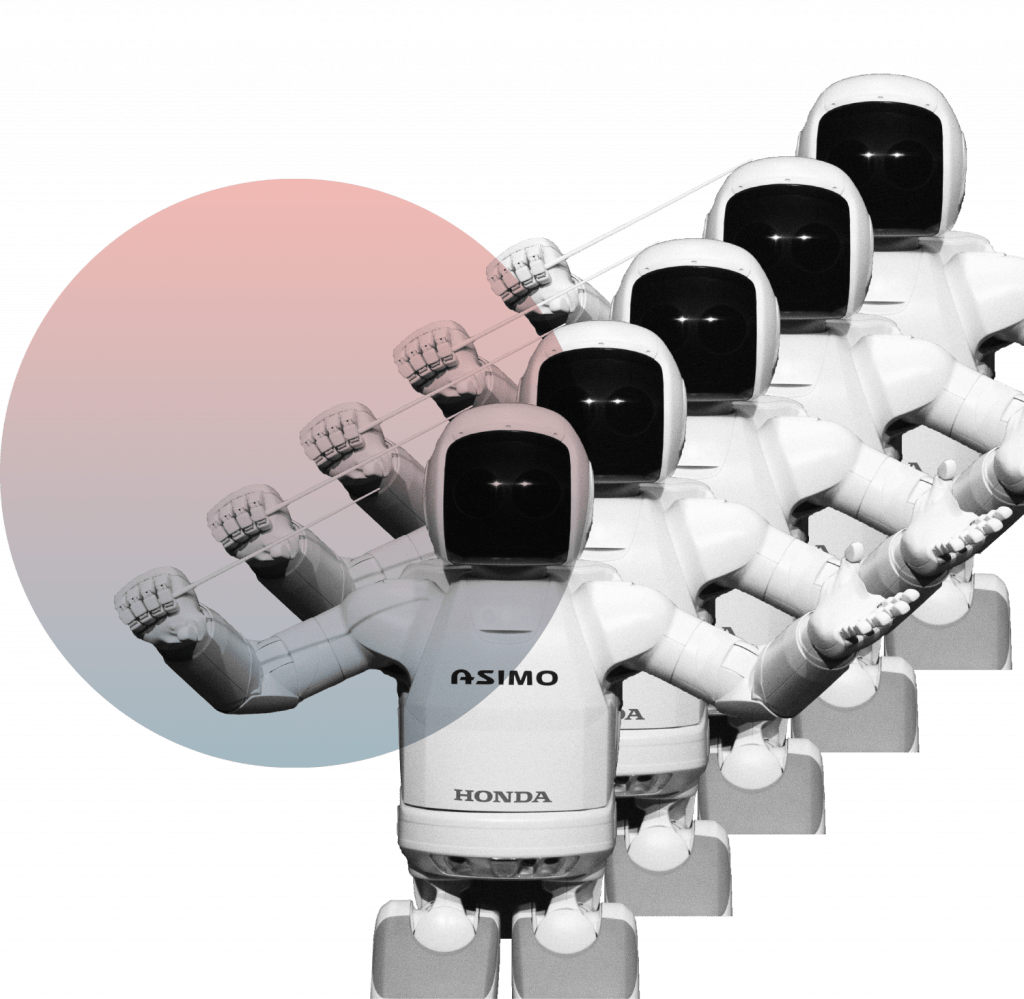
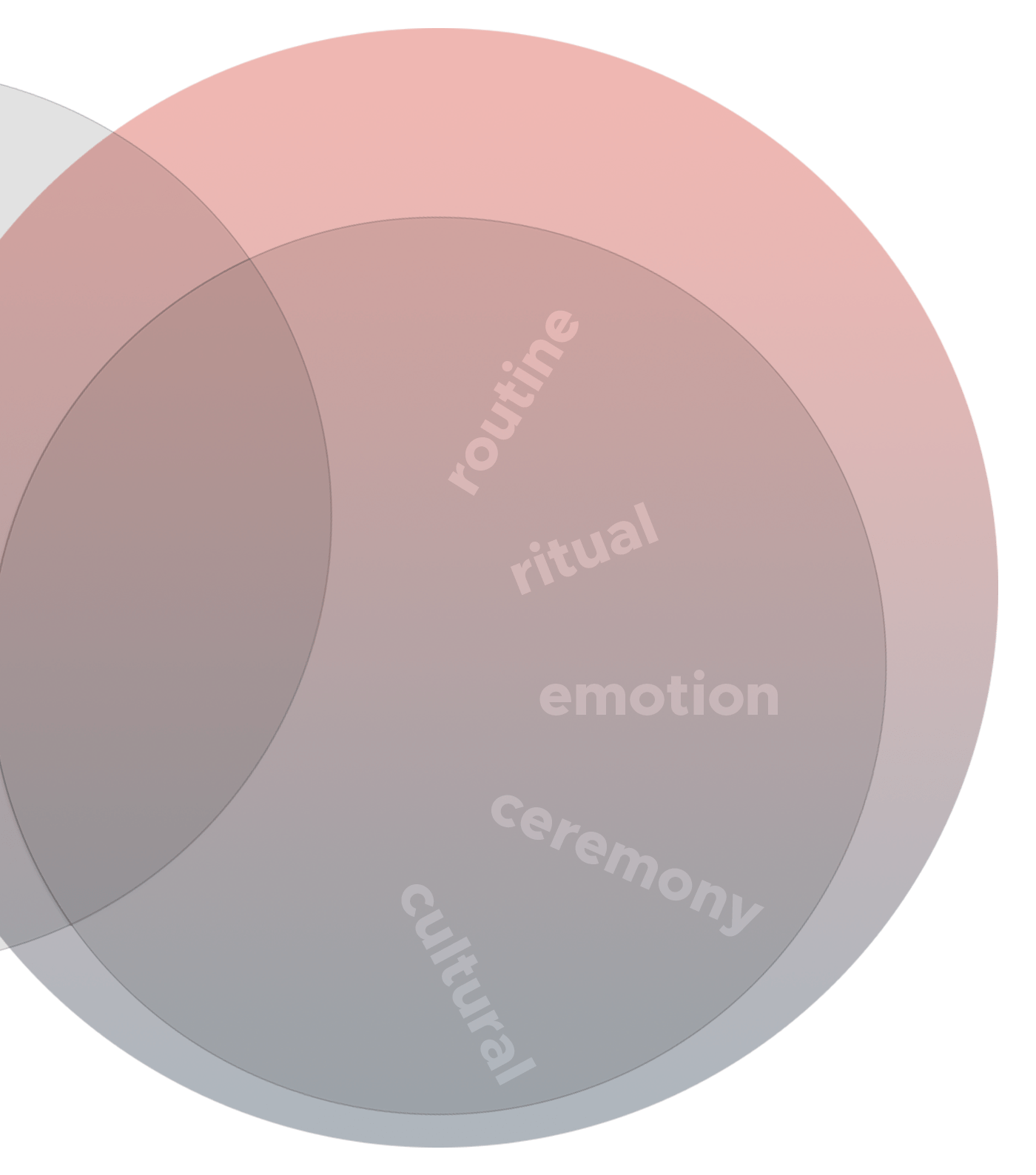
2 Ritual, Experience and Emotion
We explored the topics: emotion, smart technology and mobility. We wanted to find design opportunities for applying technology in everyday transport. We looked at several areas including digital ownership, human and machine interaction and the mobility manufacturing trend from vehicle making to service creation.
3 Users’ insights – Daily Transportation Habits
We wanted to know what rituals people perform in different transport scenarios. To gather data we conducted phone interviews and asked people if they had any particular routines. We found common themes: Preparation and Control, Transition, Bubble space/Me time and Relationships. This corroborated what we had thought.
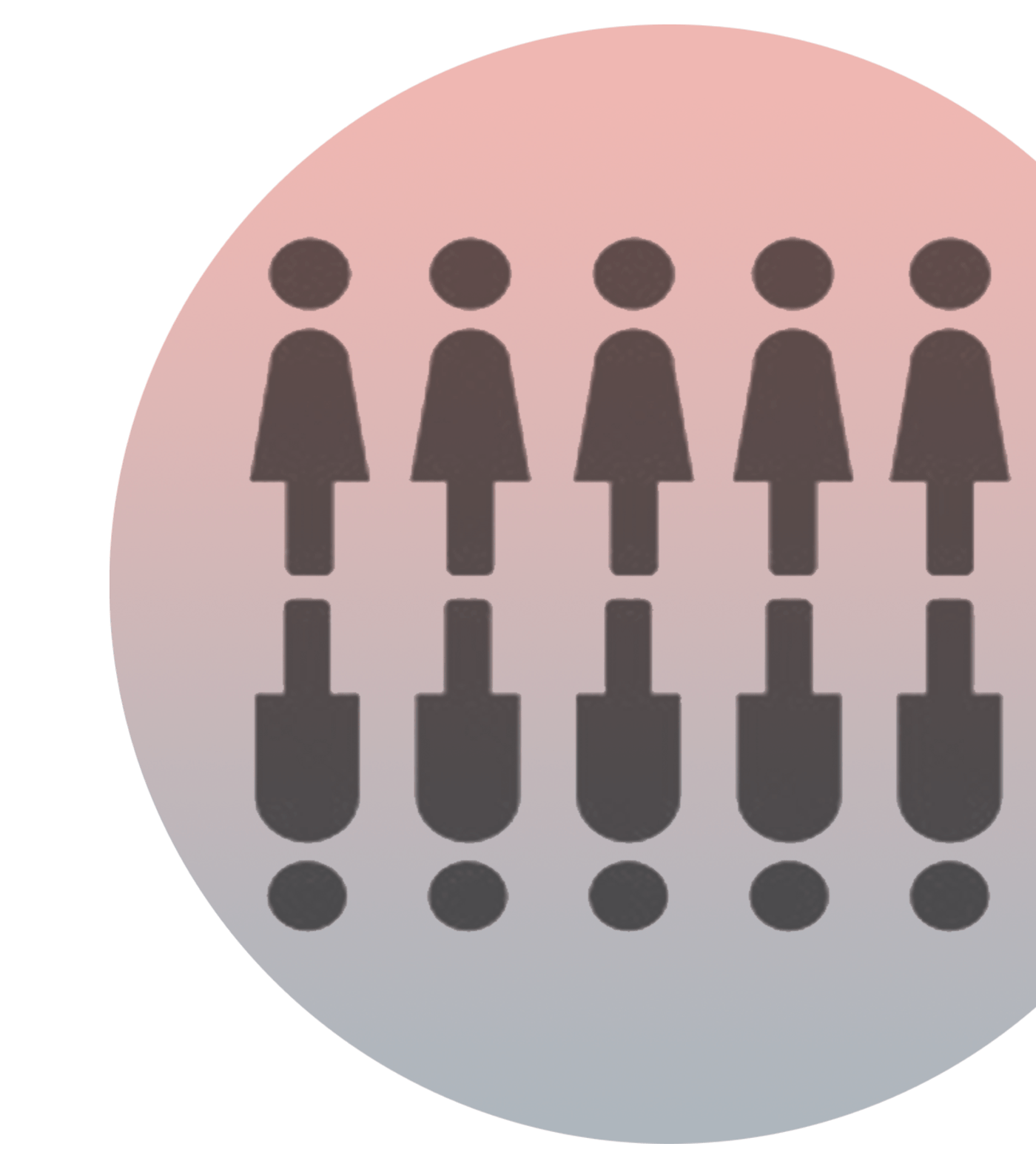
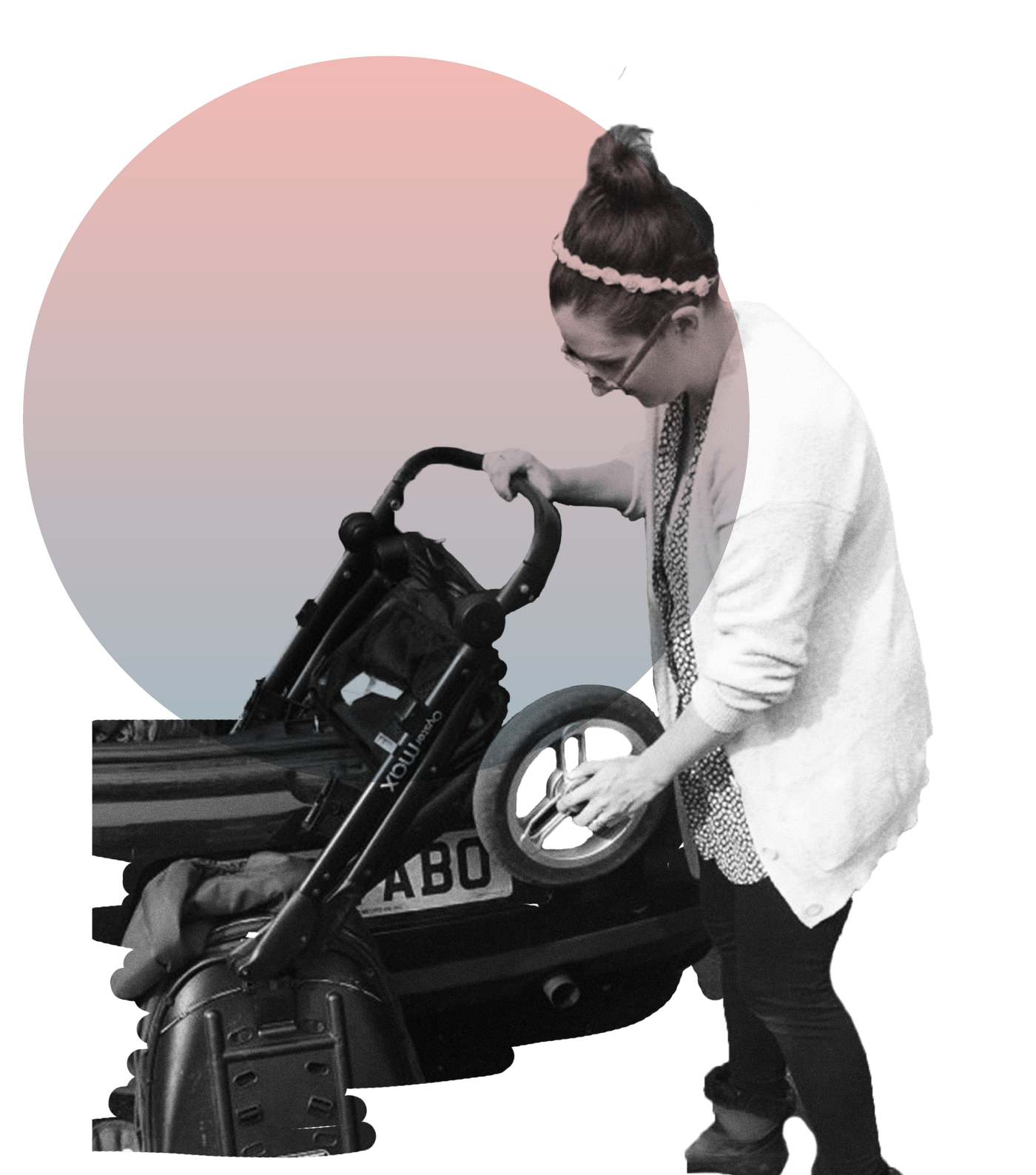
4 Users’ Insights – Driving and Passenger Related Rituals
To better understand driver and passenger associated in-car rituals and what sequences they followed we shadowed people’s journeys as they prepared to drive, whilst driving and after their drive. To document what the participants did we recorded their in-car preparations and interactions using video, audio and photography.
5 Enactment Workshops Around Mobility Rituals
After the telephone interviews and in-car observations the designers and researchers held three separate workshops with invited participants. These were called Ritual, Experience and Emotion workshops. The goal was to collect examples of ritualistic behaviours that people make when interacting with mobility, to help us better understand them.
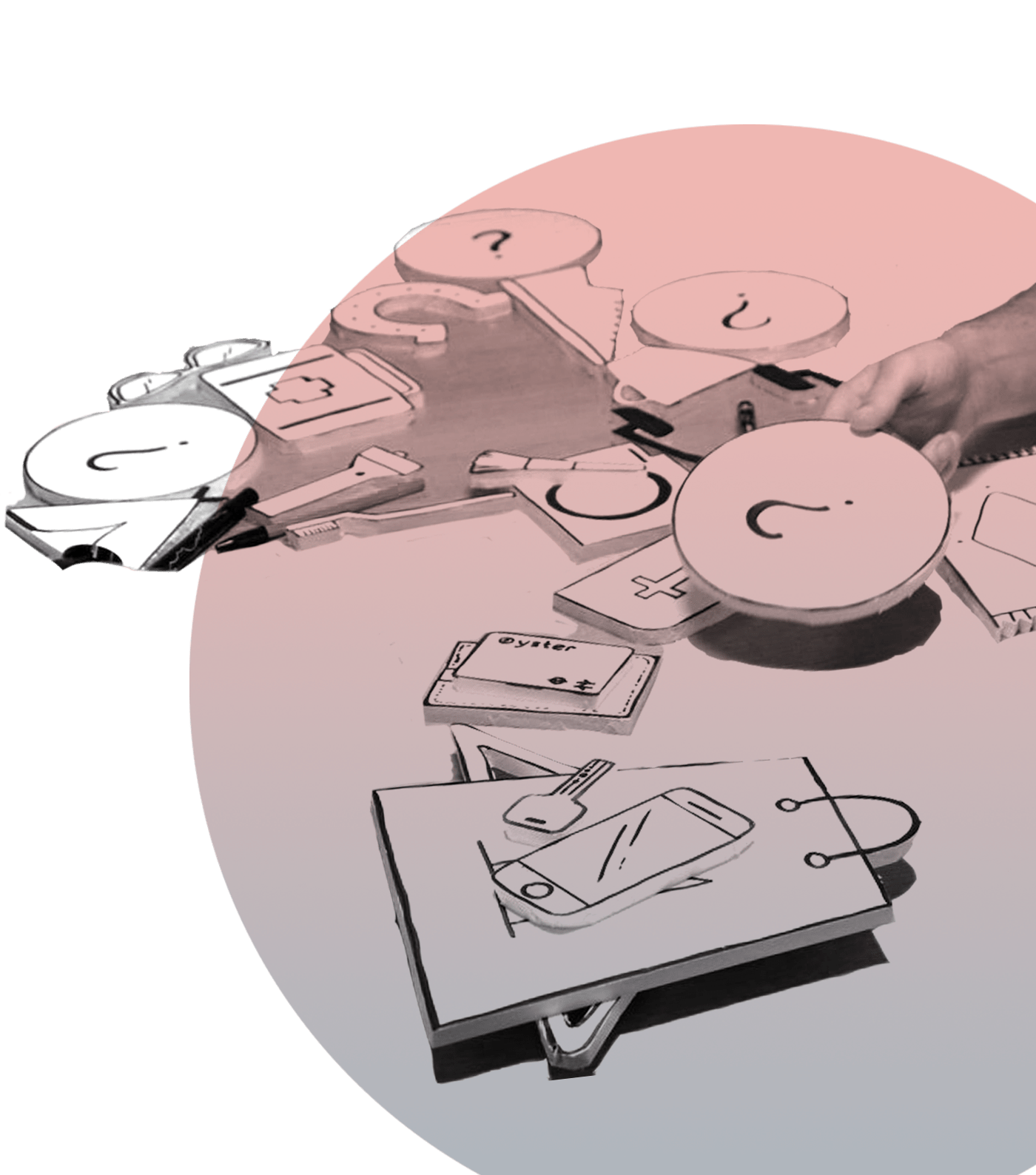
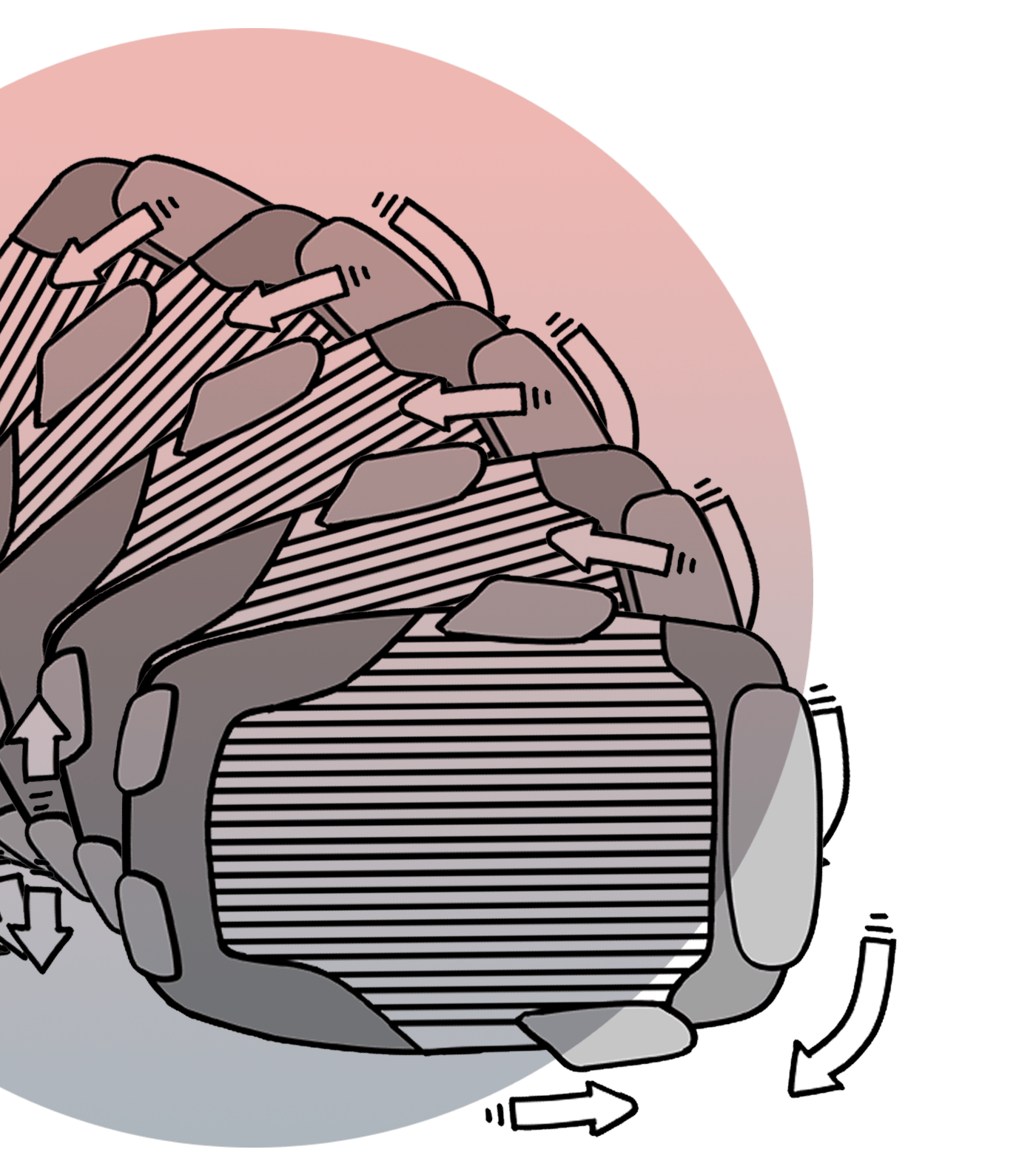
6 Designing Ritualistic Mobility Experiences: Key Scenarios
Following the telephone interviews, in-car observations and workshops we held an ideation workshop and created scenarios for the six key themes that we had identified. Focusing on the emotional transition of users’ we imagined situations within each theme as a tool to inform future design opportunities.
7 Designing Ritualistic Mobility Experiences: Demo Creation
We were invited to exhibit at the London Design Festival 2018, which gave us an opportunity to develop design concepts based on our findings and test them with the public. We made installations to represent the three key themes: Pre-journey preparation, Communication when driving and Circular vehicle upgrading service.
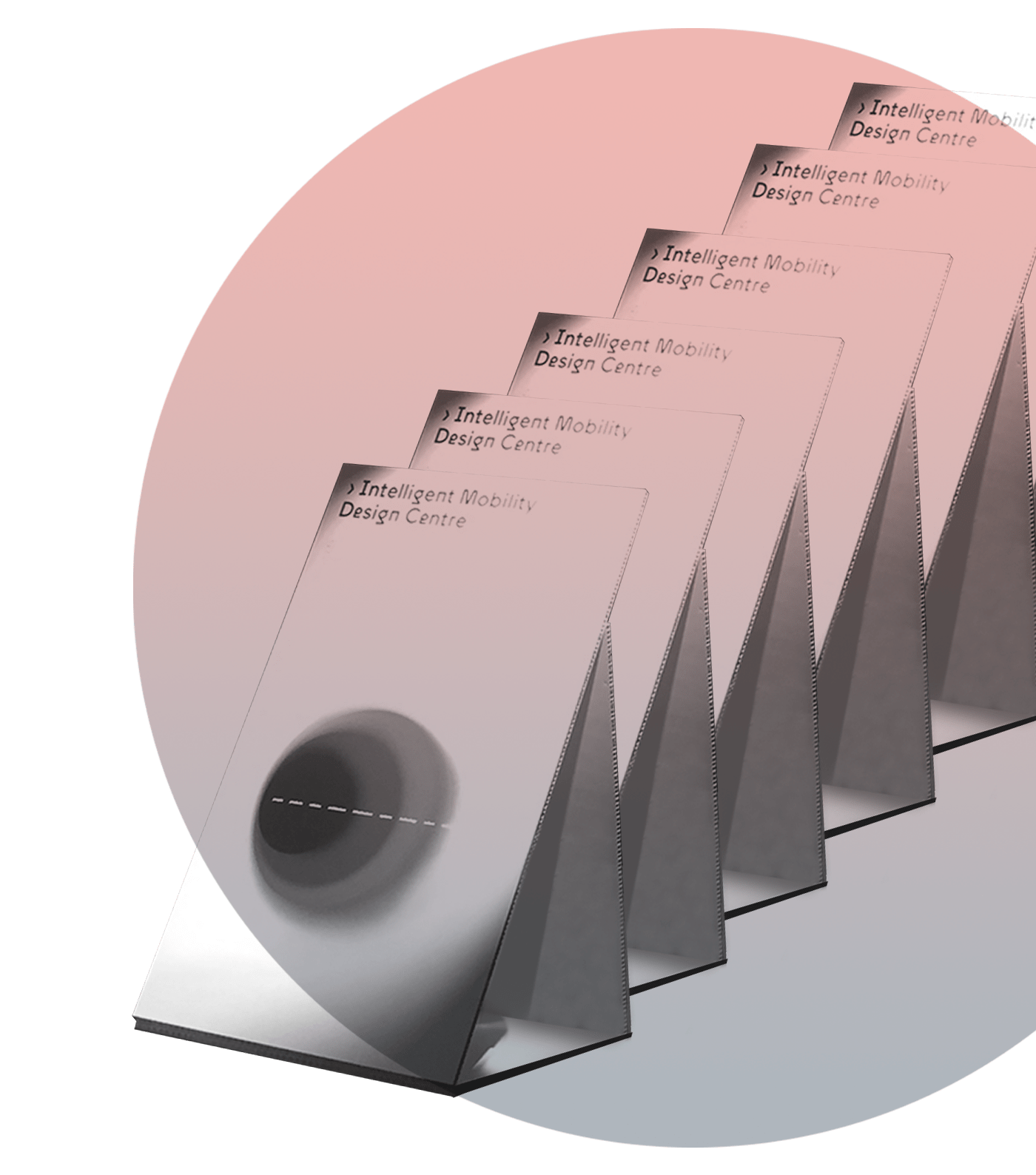
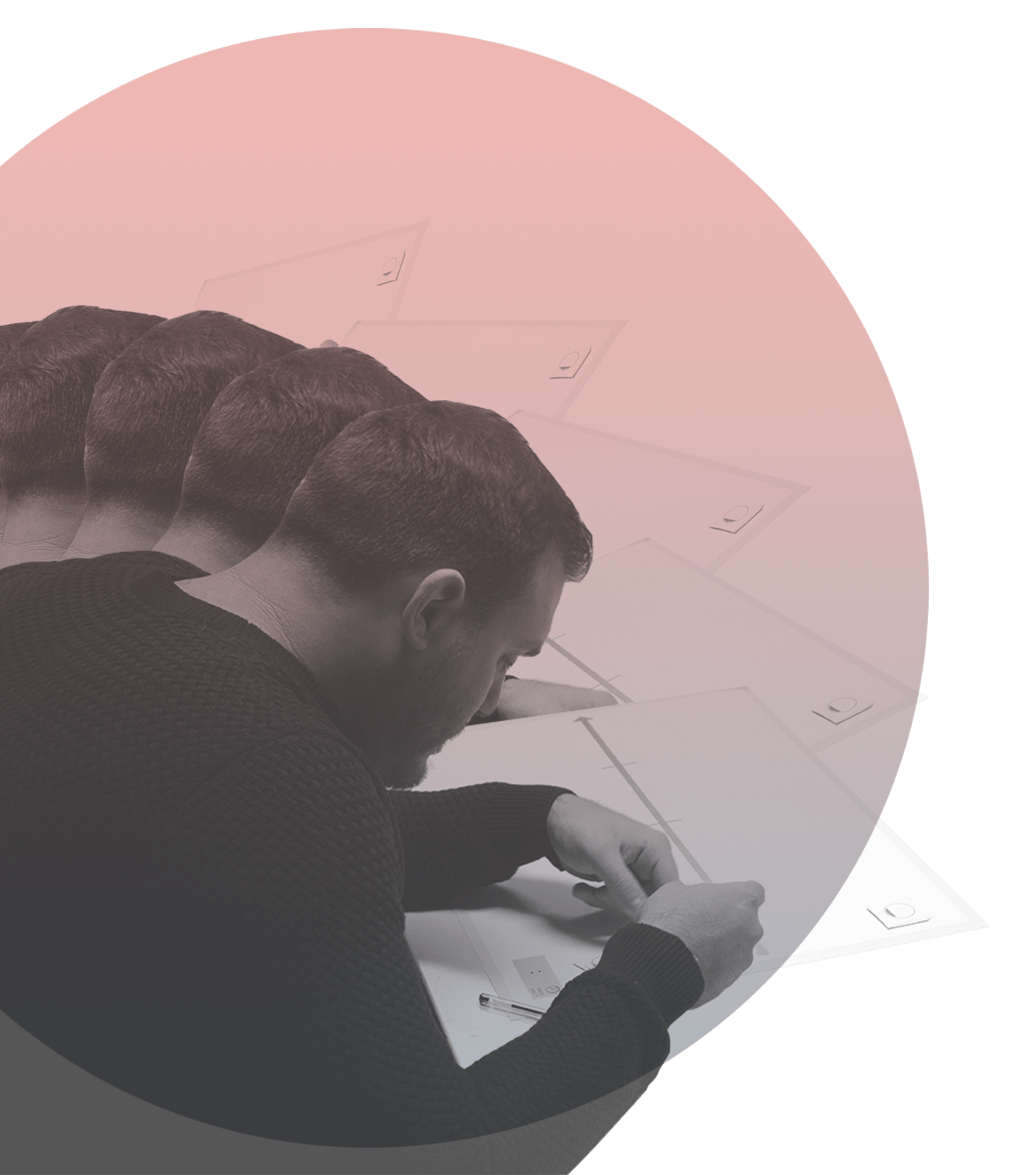
8 User Study for Pre-journey Preparation
Our first workshop focused on the sequence of actions and placement of objects that people perform in preparation for driving, particularly in the context of vehicle-sharing schemes. To understand what they did we asked the participants to enact their startup rituals using props that we provided.
9 User Study for Journey and Time Perception
We explored people’s perception of time and progression towards their destination when making long, unfamiliar journeys as well as the emotions they felt. We worked on developing discrete journey progress indicators to relieve feelings of anxiety and provide support by showing how far they have travelled.
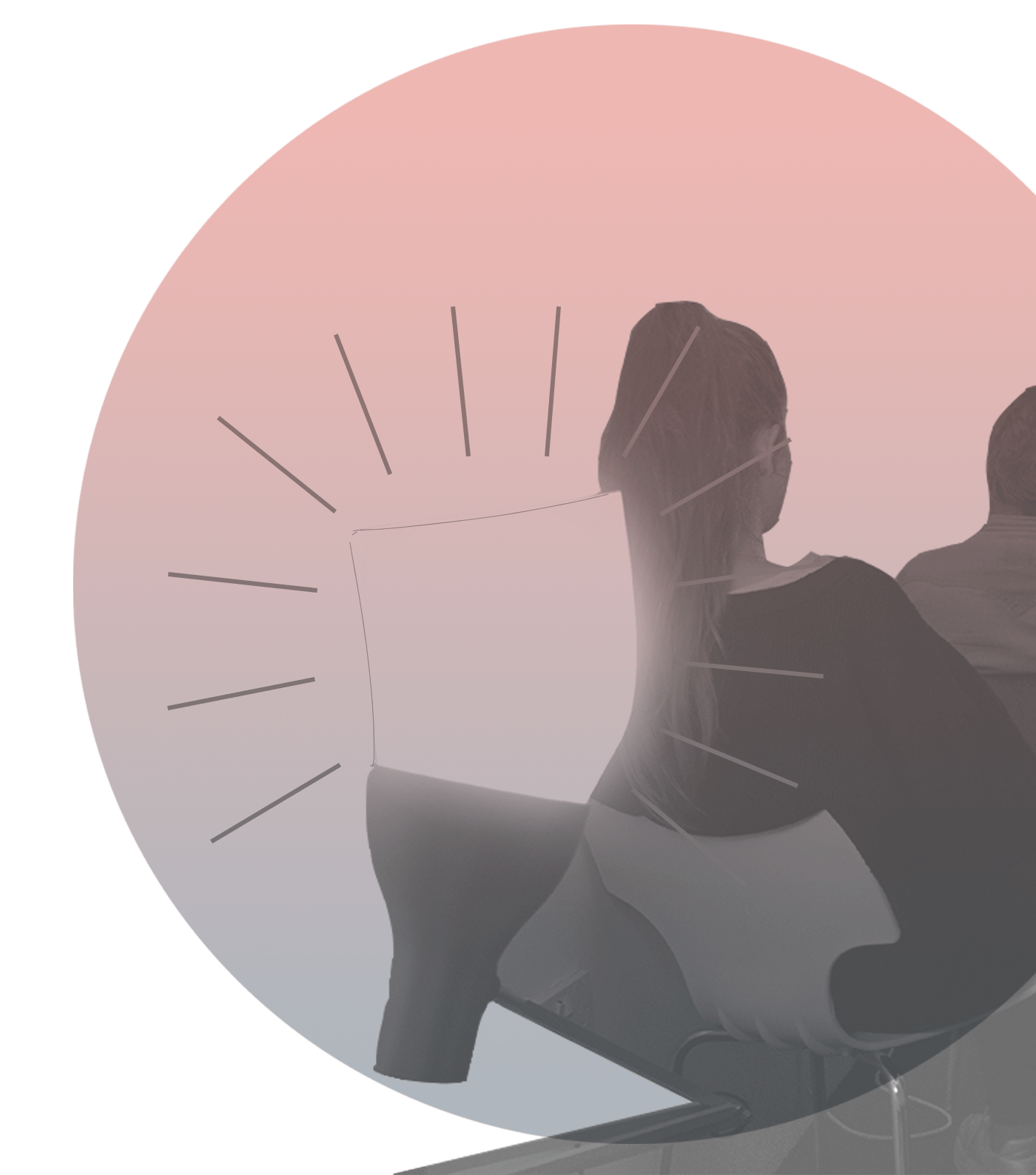
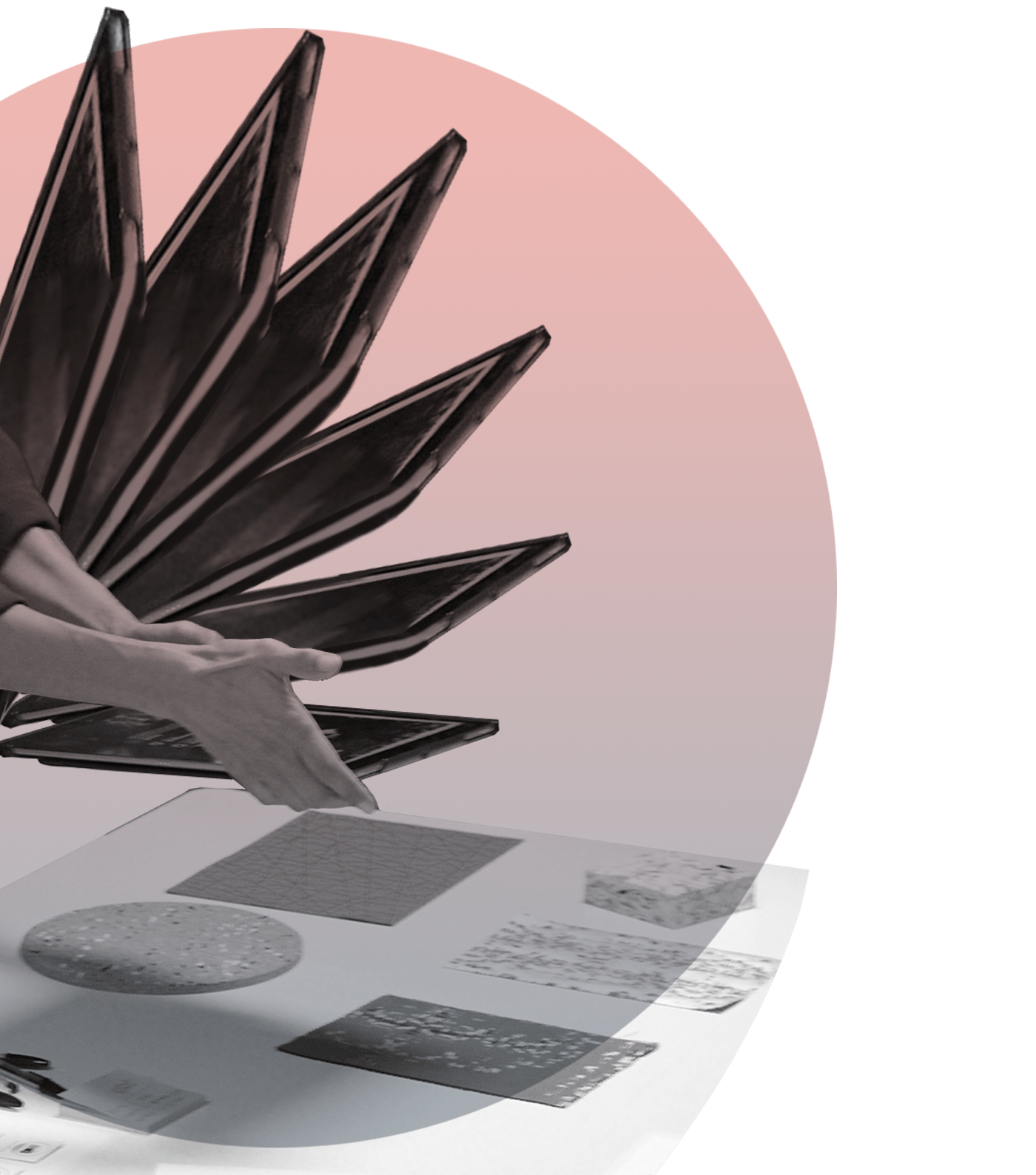
10 User Study for Circular Vehicle Upgrading
The third workshop explored how automotive companies could build closer, long-term relationships with their customers by offering new car-service packages that include customisation and functional upgrades. This would provide opportunities for increased revenue as well as supporting the recovery of parts and materials to support a circular economy.
11 Inspiring Real World Applications:
Ready…Steady…Relax
The film Ready…Steady…Relax shows a user making themselves comfortable in a rented car that is part of a vehicle sharing scheme. They use an app to book the car and set their preferences for inside it such as the seat position, lighting and entertainment.

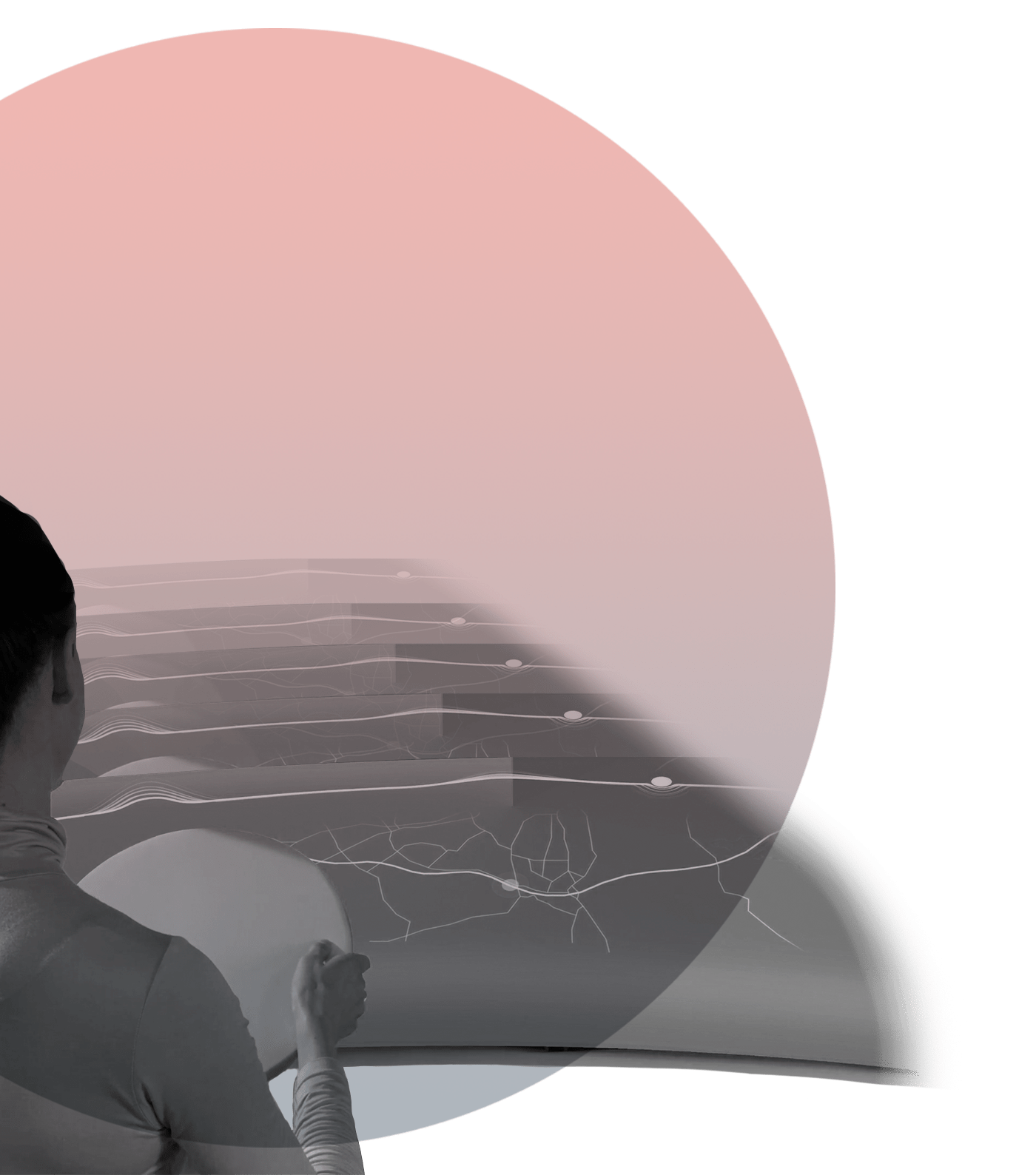
12 Inspiring Real World Applications: Driving Whisper
The Driving Whisper concept shows how our dashboard interface relates to a driver making an unfamiliar journey, as well as their perception of time and progression whilst travelling. The film was produced after the User Study workshops to visualise the developed design concept based on user feedback.
13 Inspiring Real World Applications: Motoring Makeovers
Motoring Makeovers illustrates how a vehicle user would set up their package to select services as well as customise materials and parts in the interior. The video was produced as a result of the User Study workshops in order to visualise the concept.
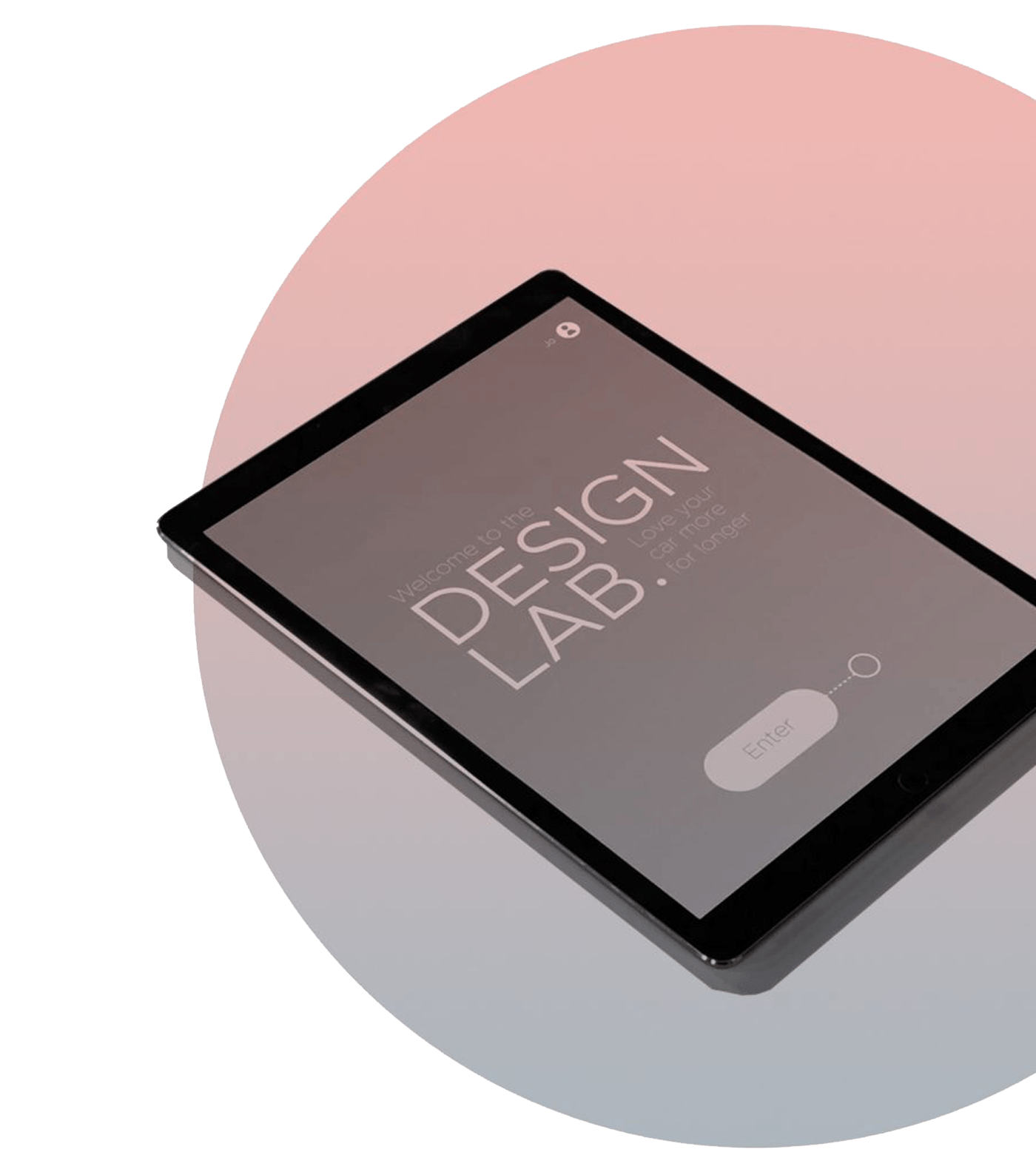

14 Potential Research and Design Opportunities
Our three design concepts show how we think technological innovation could be used when designing vehicles and related services in order to support the customer. We specifically focused on improving user experiences, addressing their emotional challenges whilst driving and how the car and it’s connected services can adapt to accommodate changes in their lives.
